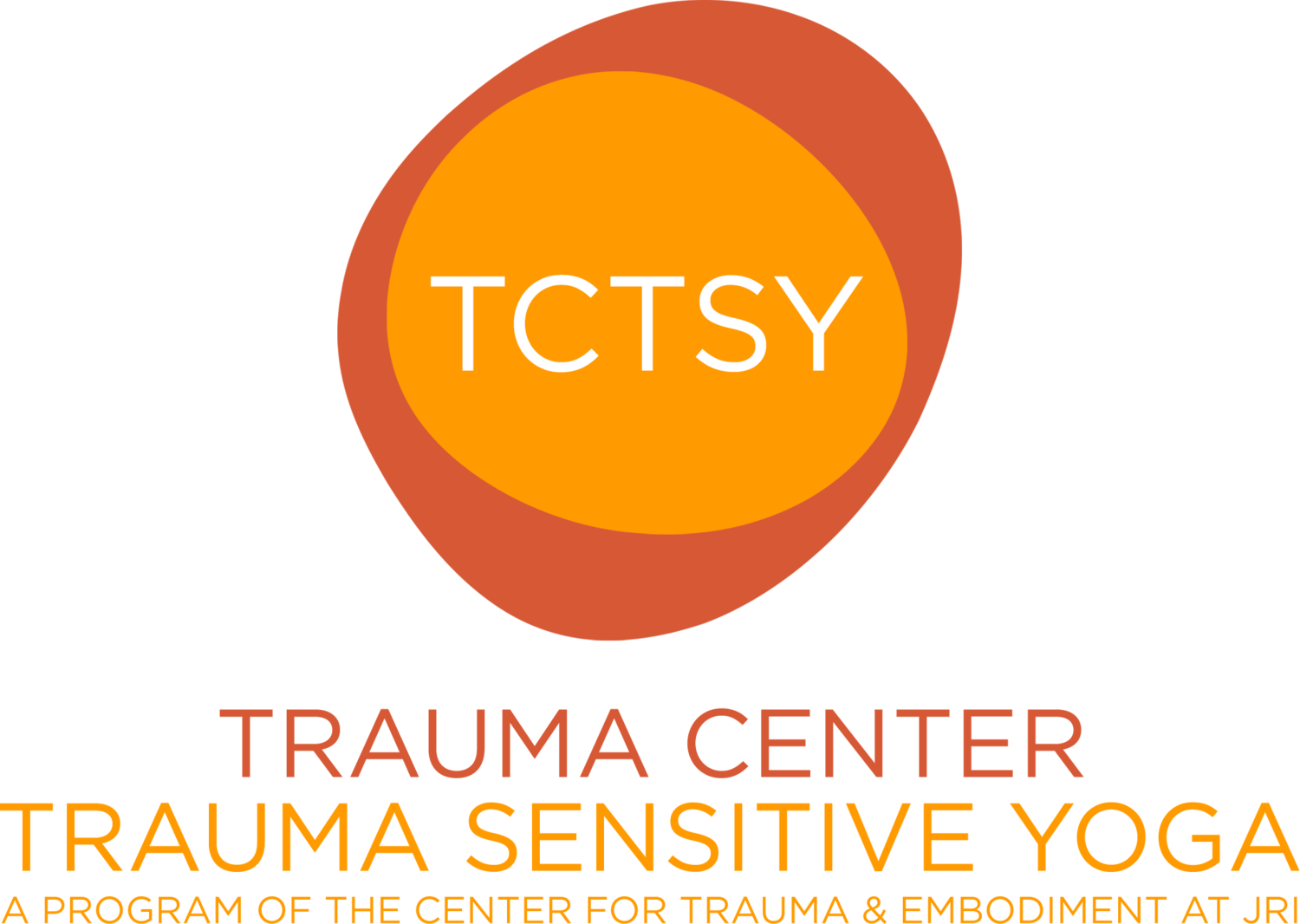My Journey Toward Healing
by Peggy J. Bowers, Ph.D. • she/her/hers
Sometimes relief comes from unexpected places. Its respite is sudden, and welcome; its origins are clear. Transformation, on the other hand, often creeps like a vine, or slips in like the tide. You look around and notice growth where there was none before. You realize the waves are now at your knees rather than your ankles. It looks effortless because it is somehow imperceptible. But it takes work—slow, steady, relentless exertion.
Trauma-sensitive yoga is somehow simultaneously and mysteriously both relief and transformation.
“I think you should consider going to yoga,” my therapist said one day in her understated way. “I think it would really help you.”
Naturally I was skeptical, which is one of the defenses in my arsenal to protect me from disappointment. Besides, I thought I knew what yoga is about, and had long ago decided it wasn’t for me. Oh, I had seen the women on the T with their color-coordinated athletic wear, mats and accessories. That just didn’t seem like me. Though I wasn’t sure exactly what went on in yoga, none of them looked sweaty. How hard could it be? (Spoiler alert: plenty hard.)
When the topic came up occasionally in therapy, I brushed it off. Two major life losses later, I found myself tentatively, timidly standing at the front door of the Trauma Center in Brookline, without the outfit, the mat, or even a water bottle.
The first thing I had to get over was the sense that this exercise was about athletic prowess. It’s not. Naturally I felt competitive, inadequate, self-conscious. Was I doing the position correctly? How can the teacher be that flexible? Is anyone else looking at me? (They aren’t.)
“Trauma-sensitive yoga is somehow simultaneously and mysteriously both relief and transformation.”
Yet from the very first session, I began to learn that this was no ordinary exercise. Something was happening to my body. And not just my body but my mind, and that intangible part I would call my spirit or my soul, what makes me unique. As it came into better focus, I realized yoga was gluing my mind and my body back together.
The best thing I did was to keep a “yoga journal” of my thoughts and experiences from each session. Looking at it now is like watching a time-lapse video of a blossom opening, just not as smoothly. The result, however, seems increasingly similar.
After four sessions, I wanted to quit. After seven sessions, I thought it was the greatest thing ever as I began to see patterns and to feel not just the initial relief, but a real difference in my mental outlook. After nine sessions, I felt worse than I ever had. Fortunately, I learned that this nadir is normal and, as they say, “it gets better from here.” It did.
In my initial yoga experience, some things were sudden and some were much more subtle.
“Perhaps the most remarkable realization was this: for that one hour, I did not hate my body.”
For example, I will admit surprise and wonder the first time I felt a dark energy come rushing out of my fingertips in the rest period. I was similarly shocked to discover the emotional side of yoga, the calm and compassion flooding my whole self. Other realizations were as subtle as the dawn: coordinated breathing and moving produced calm focus and a clear-eyed confidence; my powers of observation were heightened; I could notice things and move on without engaging in panic, annoyance, fear or dread.
Perhaps the most remarkable realization was this: for that one hour, I did not hate my body. As someone who in some conscious or unconscious fashion my whole life has seen my mind and body somewhat disconnected by design, this was a revelation. I no longer heard my inner voice of condemnation. And yoga certainly gave it time and space to make an appearance. But more than a mere lack of contempt for this imperfect, ugly vessel, I saw it as inextricably linked to how I could be more open, loving and giving to the world. Rather than the impediment I had always seen it to be, my body became a powerful part of reconnecting to other beings and to the world writ large.
As I wrote in my journal, my overall insight about yoga was this: “Integration, not more athleticism; a sense of wholeness. Maybe I have never really felt this before now.”
Rudyard Kipling wrote, “we are the opening verse of the opening page of the chapter of endless possibilities.”
I have never felt that more than when I began the deep healing, integration and transformation of my yoga practice.
Peggy J. Bowers is a scholar of the ethics and philosophy of media and culture, a lover of the Arts, and especially enamored of thinking and writing about reciprocal relationships with other humans, fellow creatures and our environments. She ponders how popular culture illuminates the perplexing facets of our humanity and engages our sense of play, and her work explores the connections among ethics, visuality, culture and the environment wherever they are found. She tries never to be afraid of being a beginner. Her scholarship has been published in such venues as Journal of Mass Media Ethics, Free Speech Yearbook, Communication Monographs, American Communication Journal and the International Journal of Media and Cultural Politics as well as in scholarly book chapters. She has received awards for her scholarly work and has professional journalism experience. She holds a Ph.D. in communication from Stanford University, and an MA in communication and a BA in journalism from Wichita State University.



